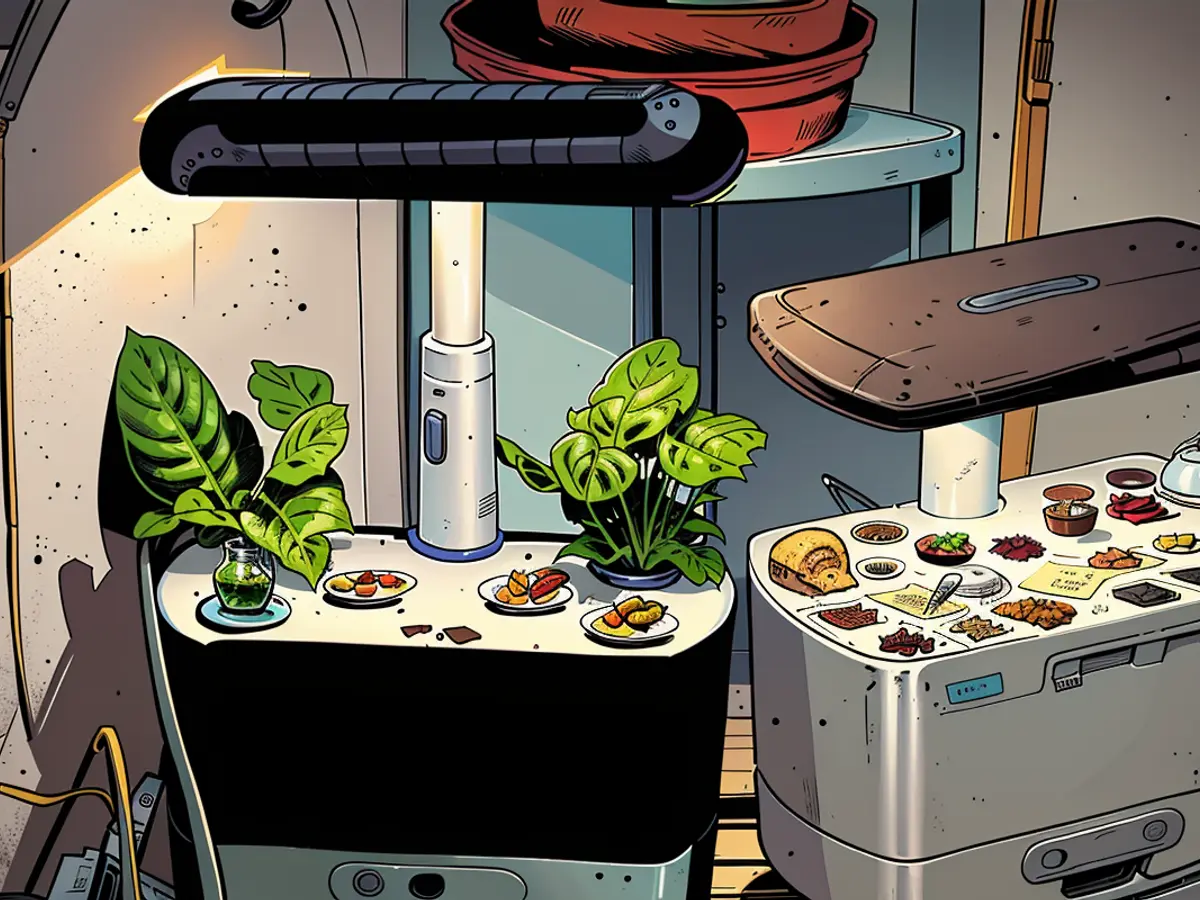Save Money by Growing Your Own Hydroponic Starts
You’re probably still waiting for your corn to be ready to harvest and pumpkins to turn orange, but right about now is when you should start thinking about the long fall and winter ahead—a dark time when you can’t get a decent tomato to save your life and peppers skyrocket to $5 a piece. While you can push the season earlier and later using crop cover like Agribon or cold frames, summer crops are still best left for summer temperatures. Which is why this year, we’re going inside, with indoor hydroponic grow systems. The key is to get everything going now, so when you make that transition in fall, your indoor plants are ready to pick up the slack. For hydroponic systems, I'll be using the Rise Roma, the Aerogarden Harvest, the LetPot and the Aerogarden Farm XL this year. I'll be using the Rise Roma for tomatoes; the Harvest and LetPot for herbs and tender greens; and the Farm for peppers, eggplants and other midrange-size hothouse crops.
The plants from hydroponic systems are too expensive
If you’ve bought into a hydro system (and there are so many) you likely understand there are three different ways you’re paying. First, the system itself. Second, a subscription, if necessary (most don’t require it). But here’s where they get you—vegetable starts. For most of these systems, the company sells seed pods or already started vegetable starts. If you’re tapped into the Lettuce Grow community online, you see the frustrated posts about constantly rising prices for these starts and sometimes inconsistent quality, and it’s not just Lettuce Grow—this is an issue across the board.
I’ve had decent success with seed pods from Aerogarden and Rise Gardens, but looking at the cost of these pods and the relative cost of seeds and DIYing it, it doesn’t seem like there’s a lot of value. Moreover, while starting seeds outside has a degree of difficulty, starting them inside is a piece of cake. Some hydro systems, like Rise Gardens, have space specifically allocated to start new seeds before you transfer them to the actual tray for full size starts. In some cases, tiny little seed growing nurseries are provided.
Choose high-yield crops that make sense for limited space and short turnaround
I won’t be wasting space and energy on crops like flowers (can’t eat them) or broccoli (takes too long, and they can grow outside in the winter) or cucumbers (these need more support than hydro towers can offer). Instead, I’m focusing on different hydro systems for full-size tomatoes, peppers, eggplants, tender greens and herbs. These are crops that are generally poor tasting and expensive from stores in winter, and that I like to have close at hand to use on a whim.
Look for micro or patio varieties of seeds
Here’s the reality: There is nothing special about the starts or seed pods you get directly from these companies. What you are receiving is a plastic basket, with a peat pellet inside that acts as a growing medium for the seeds they've put into the peat. The seeds are usually from vegetable varieties that are bred to be quite small and very fast growing, and there are plenty of companies that have “patio” varieties, meant for small planters. I spoke to Dave Whitinger, owner of Victory Seeds (an underrated, affordable seed source that I use every year) and they supply a hydroponic tower companies with seeds. Specifically in the tomato category, he recommended their micro tomatoes and dwarf tomatoes.
If I was looking for peppers, I’d be focusing on snack peppers, which means one plant grows small bell peppers prolifically, instead of a standard bell pepper plant that needs a lot of space to grow a few heavy bell peppers over the season. I’d look at the Burpee Sweet Nibbler series in yellow or red, or the Confetti Hybrid. Burpee offers a wealth of patio varieties, and you can choose most peppers from this section—there are plenty of hot peppers, too. Remember that if you grow hot and sweet peppers close to one another, they’ll all end up spicy.
For eggplant, consider Burpee patio varieties like Early Midnight, or Patio Baby.
The good news is that for almost all other crops we’re going to discuss, from tender greens like lettuce to herbs, you can grow almost any variety without much problem. These crops are already relatively small, fast and easy to grow.
Let’s start growing
Unfortunately, there is no standard growing pod across all hydro systems. So depending on which system you are working with, you’ll want to buy the right plastic baskets and peat pods for that system, which can be found on the company website or on Amazon.This is usually as simple as going to the company’s website. For instance, Aerogarden sells these parts directly on their website or you can source them on Amazon. Once you have the parts, you’ll want to assemble them together. Place a peat pod into the plastic basket, and then carefully place two to three seeds into the peat and cover with a disk of paper (seed kits often come with them). You can label the variety on the disc.
From here, you need to understand some basics about growing seeds, regardless of whether it's for hydro towers or outside. Seeds need moisture and heat. They don’t need light yet—in fact, most seeds prefer the darkness at this stage, until they have leaves. As long as you keep those peat pods hydrated, and the water about 75 degrees, the seeds should grow. It helps to cover the seed pods to keep moisture in, so lots of seed kits also have tiny, adorable plastic domes. But you can plastic wrap the entire tray, too. And remember, you can grow the seeds in the actual tower; it doesn’t need to be done elsewhere. At this stage, the water shouldn’t have nutrients, and while you could fiddle with pH (most hydro systems have pH kits and treatments) unless you have a very acidic pH in your city water, it won’t need treatment to grow some seeds.
It should take a few weeks to see tiny sprouts, and once the sprouts have two leaves, you can remove the plastic domes. When they’re about an inch tall, get in there with clean scissors and trim all but the strongest stem (remember, you placed two to three seeds in there to hedge your bets, but you want only one plant per pod). Congratulations: You started your own seeds, at a great savings, and have the materials to keep doing it over and over.
- If you're considering growing hydroponic vegetables at home to save on costs during the winter, you might want to consider starting your own seeds instead of buying expensive vegetable starts from hydroponic system companies.
- To grow hydroponic vegetables successfully at home, it's essential to choose high-yield crops that are well-suited to limited space and have a short turnaround, such as micro or patio varieties of tomatoes, peppers, eggplants, tender greens, and herbs.








